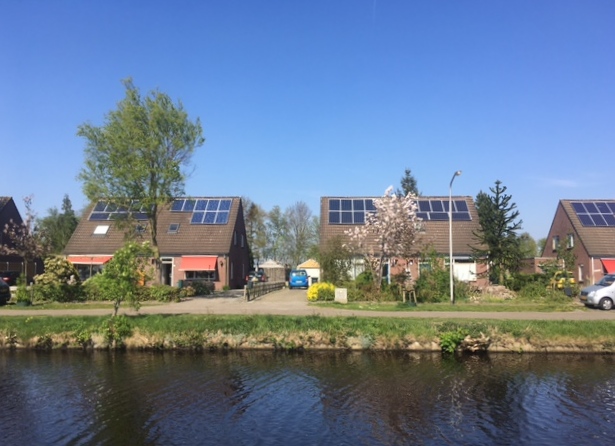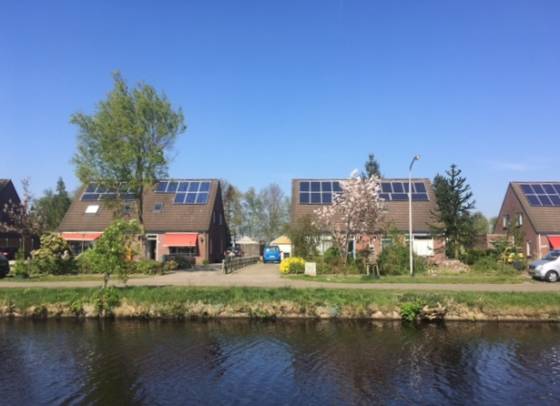Slow progress towards reaching ‘unrealistic’ gas-free home targets


Plans to have removed 100,000 rental homes from the national gas network by 2022 are not realistic, according to research by current affairs tv show Nieuwsuur.
Housing corporations, building firms and alternative energy and heat providers agreed make tens of thousands of rental properties gas free as part of the government’s climate change plan. That plan states that by 2030, 1.5 million homes should have been taken off the gas grid.
However, the target is unrealistic, experts told the programme. ‘At the moment there is a lot of experimentation but little structure,’ Joep Rats from construction sector lobby group Bouwend Nederland said.
Housing corporation association Aedes has also described the plan as unrealistic, but said plans have been drawn up to remove 100,000 homes from the gas grid within five years.
The problems are being caused by complex rules and high costs, which are not adequately covered by subsidies, the organisations say. Five large building companies also described the plan as ‘a challenge’ or ‘not achievable’.
Subsidies
So far the state has set aside €57m to make 23,711 homes gas-free but those projects are scheduled to take five years. Given that, ‘the expectation is that the target of making 100,000 rental homes sustainable will not be fully realized by 2022,’ a government spokesman said.
In total, 614 homes have been removed from the gas grid, the ministry said.
Trials
The Volkskrant reported in January that 27 trials to make homes gas free were started in 2018 but technical problems, spiralling costs and reluctance on the part of home owners is holding the project back.
In The Hague and Utrecht, housing corporations are trying to persuade their tenants to opt for a city heating network, which would be a quick fix for large number of homes, but these have not proved popular, despite offers of a free set of pots and pans and electric cooking workshops.
Even in Loppersum, in Groningen, where many homes were damaged by earthquakes caused by gas extraction, a project aimed at installing such a network hit a brick wall and locals have rejected biomass plants and wind turbines as new energy sources.
Richer areas
Meanwhile, the Financieele Dagblad pointed out at the weekend some of the worst insulated houses in the Netherlands are in the richest local authority areas, like Heemstede, Laren and Bloemendaal .
In fact, seven of the eight local authority areas with the highest property values have more poorly insulated homes than the national average, and there has been little improvement in the past five years, the paper said.
In Heemstede, more than 35% of homes have an E, F or G energy label, while the same is true for 30% of the homes in Laren and Bloemendaal. The national average is 16%.
Romantic homes
Real estate economics professor Dirk Brounen told the paper that the owners of the ‘romantic, chic detached homes’ in Bloemendaal and Wassenaar are not keen on putting solar panels on their thatched roofs and installing double glazing.
He says the government should do more to stimulate home owners to boost energy efficiency by using tax measures. ‘Current policy is not working in richer places, that much is clear,’ he told the paper.
Thank you for donating to DutchNews.nl.
We could not provide the Dutch News service, and keep it free of charge, without the generous support of our readers. Your donations allow us to report on issues you tell us matter, and provide you with a summary of the most important Dutch news each day.
Make a donation